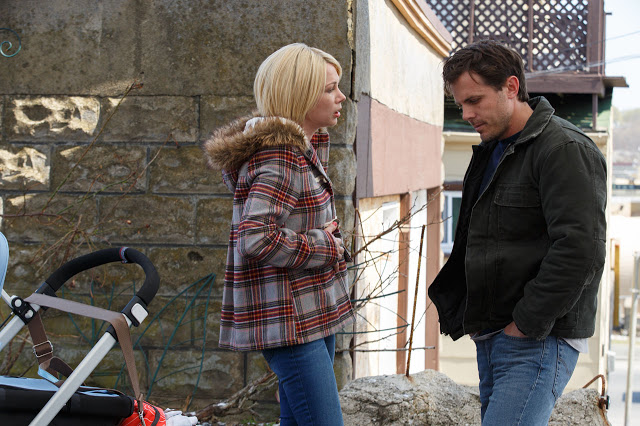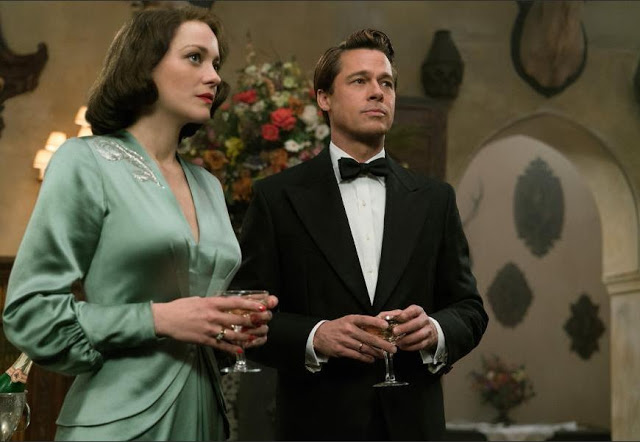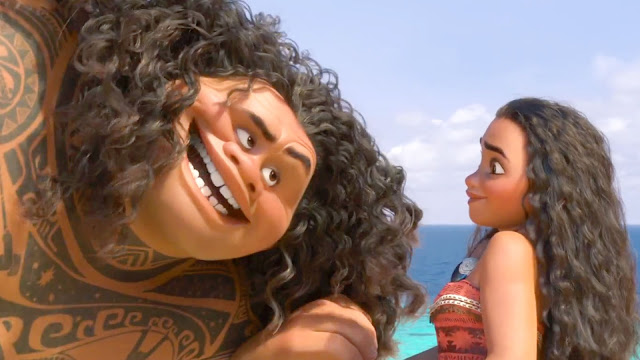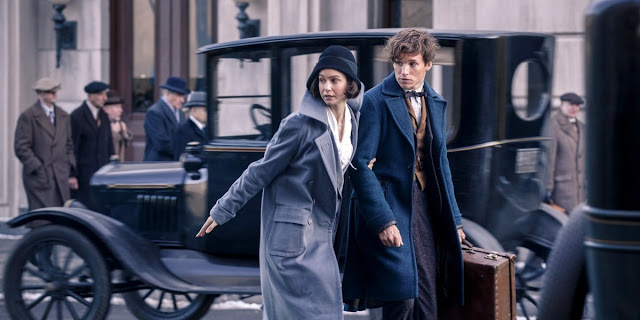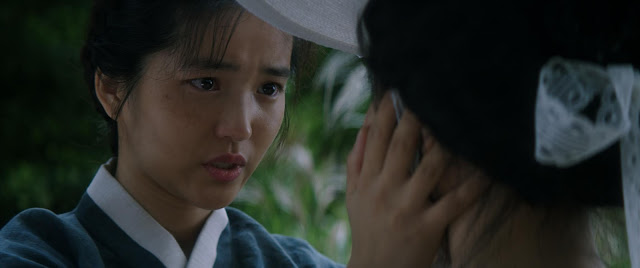Manchester by the Sea: After Death Strikes, Life Shuffles On
Manchester by the Sea opens with a scene of tranquil, quintessentially New England bliss. As a trawler glides through Massachusetts Bay, an uncle gently teases his six-year-old nephew, lightly dropping his “R’s” while warning that child-chewing sharks prowl these waters. It’s a vision of serene, understated happiness in a film that subsequently grows heavy with melancholy and loss. You might think that the sweetness of this introduction is but a feint, a setup that lulls viewers into dropping their guard so that they can be more easily knocked out. Yet while Manchester by the Sea is primarily a tragedy—few movies are so profoundly, terribly sad—it is not exactly a downer. Instead, it somehow manages to be life-affirming as well as shattering, to reveal glimpses of light and hope within its miasma of heartbreak and devastation. It derives its enormous power not just from its literal tragedy, but from its emotional honesty.
Written and directed by Kenneth Lonergan, Manchester by the Sea stars Casey Affleck as Lee Chandler, a handyman who lives alone in a wintry Boston suburb. In its prosaic early scenes, the film efficiently establishes Lee as competent, sullen, and a bit of an asshole. He snaps at clients, brawls at bars, and seems generally incapable of human connection. His solitary routine of changing lightbulbs and shoveling snow is interrupted when he receives word that his brother, Joe (Kyle Chandler), who lives in the titular hamlet an hour-and-a-half north of Boston, has just died of a heart attack. That’s dreadful news—in a brief moment at the hospital, Affleck silently conveys the bond that Lee shared with his sibling, and the depths of his pain—but it isn’t exactly surprising, given that Joe had been suffering from congestive heart failure for the past decade. The real shock comes when Lee meets with a lawyer to read Joe’s will and discovers that he is now the guardian to Patrick (Lucas Hedges, very good), Joe’s 16-year-old son. Read More

